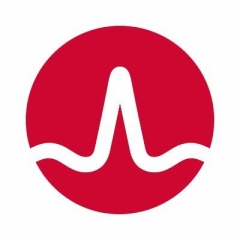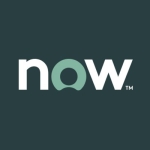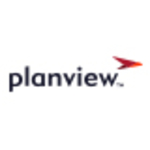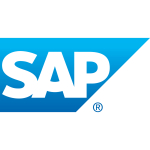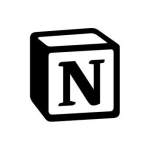I don't specifically have a use case, I'm more on the sales end, of going to the federal government. For the federal government of Canada, this has been selected as the tool of choice for PPM solutions.
We find specifically in the federal government space, absolutely, the visibility is the number one thing. They can see where the bottlenecks are, they can see what their project statuses are, why are things being held up, etc.
I think specifically, with a couple of government departments, visibility - when they bill their clients back, when they do a cost recovery - from the financial specifics they can have something tangible and real to say. "Okay, this is how we spend most of this time, this was a net new requirement, this was maintenance, etc. So they can bill back appropriately and when the client questions them on it, they have that information available to them.
Reporting visibility for projects and on the resource management side as well.
We're just helping them start to roll out 15, so no comment here.
Stability is good. In the federal government of Canada there's a central hosted instance of the solution. It's been very good as far as maintenance and outages, there's nothing really negative to report.
Scalability has been good. The federal government of Canada is not enormous. We'll see use cases here this week, at the CA World conference, of JP Morgan, Chase, or huge organizations. We've worked with organizations with IT shops as low as 200 people, all the way up to probably 10,000 people so it's worked out very well.
I wasn't involved on the technical side of setup, but as far as assisting my clients with getting service base, making sure we had all of their organizational structure ready to go into the system, I was involved.
We're the consulting arm, so if it was complex or straightforward, we're either doing good or we're doing bad on our end. So I'd like to say it's good feedback. Straightforward.
I give it a ten. Like I said, the scalability is great. It has a small amount of competition in the space but for me it's an easy sale because it's been the selected software for that space in the federal government of Canada.
It's performing how it is. And I think the more they come out with new versions, they're closing those gaps on anything that does exist.

